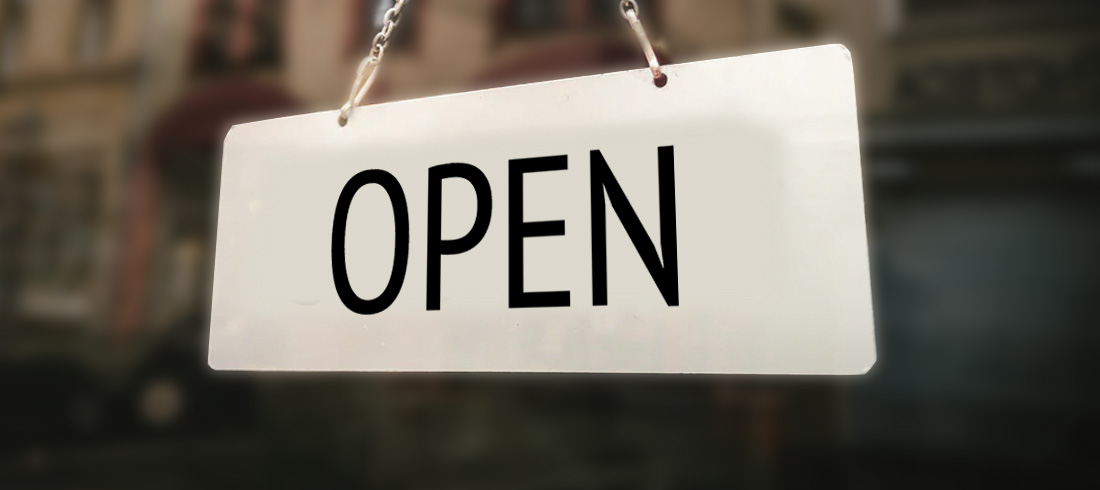
This is a follow up to the last blog – Behind Closed Doors
The thrust of this piece is that museums (and the heritage sector in general) are teetering on the brink of survival. Without external funding, and the plea is to the government of course, the doors might remain permanently shut and much of our rich history and cultural stories unvisitable – is that a real word??!!?
This is a picture and article in The Times 30th April 2020.
The thrust of the piece is that museums (and the heritage sector in general) are teetering on the brink of survival. Without external funding, and the plea is to the government of course, the doors might remain permanently shut and much of our rich history and cultural stories unvisitable – is that a real word??!!?
It caught my eye particularly because of the main picture – the Mary Rose, Henry VIII’s great warship. We have worked for the Mary Rose Trust and Museum for more years than I care to remember, so it’s particularly apposite for us to see the words of Helen Bonsor-Wilton, the Chief Executive saying that the preservation of the ship and, by extension, the 19,000 objects found with her were in “mortal peril”.
Strong words but that is how bad it could be, and not just for the Mary Rose Museum. It’s scary times all round.
Reopening is not going to solve the problem. Income from ticket sales alone will not shore up the short fall… and it’s extremely unlikely that visitors will come flooding back.
There is already much speculation about how the country as a whole reopens itself to normal business, and it does seem we are reaching a point when reopening might be in a light at the end of the tunnel.
And that means there are 2 principal matters to consider.
Answering the first question is one of the keys to answering the second. But, let’s deal with it the other way around… how to entice them back in the first place.
Some museums have kept their on-line presence pro-active and this is really important.
Creating new material with which to engage on-line either via the website or social media, but preferably both is likely to be vital. Engaging with your audience at these times via remote access is really the only option. This can take many forms. We mentioned Podcasts in our previous Blog (Behind Closed Doors) and videos too. But other options exist too.
Maybe the winners get given tickets for 4 after re-opening. Incentives such as these to engage on-line will be a good way to maintain and even develop levels of interest.
Added to that, engagement with schools could be key. Most museums who have school visits, will have a list of schools that regularly do so – the annual trips by year x, etc. Via them, it ought to be possible to create some form of support to parents who are trying to home-educate.
Generally, they are looking for any help they can get, any distraction that might assist in their endeavours to keep their “little ones” (and not so little ones), interested in learning.
This could have a positive impact on family visits. If a museum has taken the trouble to provide a “lesson”, in whatever form that might take, it may well lead to a family visit once doors are reopened – especially if some form of incentive is offered too.
This “lesson” could in fact just be a simple Podcast, it might be some interesting facts from which to write a story. Museum education officers will be able to think of some wrinkles for this I’m sure. The activities or media might not even press all the right buttons for the curriculum, but if it’s interesting enough, it will provide something for parents (and teachers) to work with.
Importantly, if this is “advertised” by the school to its parents, you have a ready-made marketing tool to a large number of families.
Social media is also a great way to gain engagement – post some photos of objects on Instagram, for example.
Returning to the first question – what to do when the doors do open again?
Some of this may well be taken care of by certain restrictions being expected from government guidelines/rules of opening. For example, will usual hours be kept or will you start with reduced hours? Visitors will want to know that it is safe for them to come.
So, on the website and via social media you will need to reassure them of how you are managing social distancing and cleanliness.
One of the most obvious ways to help this, is to create a managed “Ikea” flow system, i.e. one-way traffic around the displays. This may need to be staffed, it may need signage; it might need physical barriers. It may need all three. Another option will be to use fully or partially guided visits. This might actually offer an opportunity to provide a new experience for visitors – it might encourage repeat visits if there are different themes and approaches taken to the tours.
Having online tools to act as information and marketing devices while shut is vital. Clear communication about safety measures prior to reopening will be key in encouraging visitors to return.
We are therefore offering to assist with the development of creative and informative online material, including podcasts, audio and website content. We might even be able to do some of this for free, otherwise, we will be happy to defer payment until a later date, after re-opening and beyond.
Call 020 8398 9509 or email info@motivation.co.uk